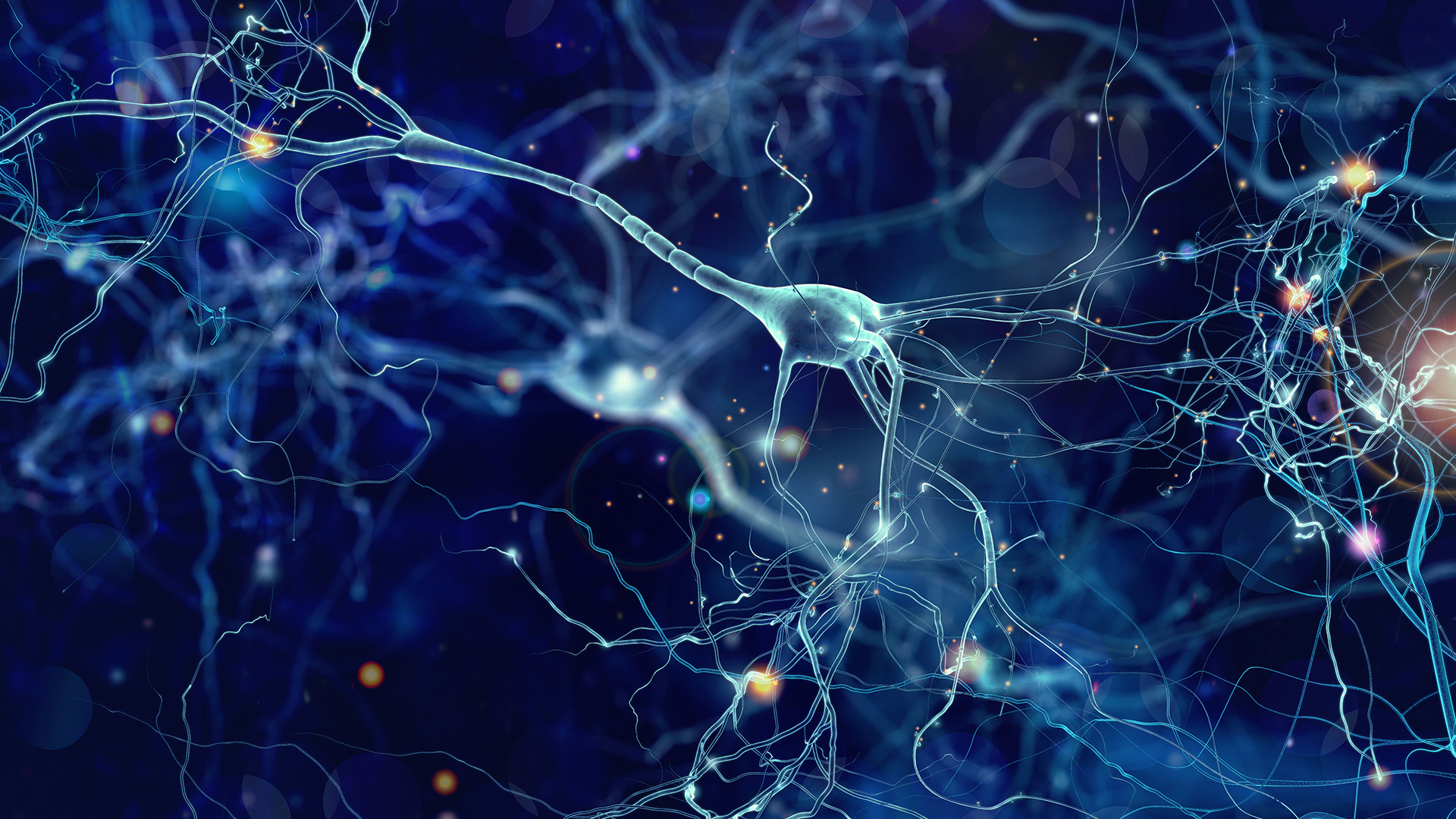Deadpool
Regular
Tech Alert: BrainChip Discusses Embracing Disruptive Innovations with Technology Leader Geoffrey Moore on the Latest ‘This is Our Mission’ Podcast

Tech Alert: BrainChip Discusses Embracing Disruptive Innovations with Technology Leader Geoffrey Moore on the Latest ‘This is Our Mission’ Podcast
LAGUNA HILLS, Calif., April 30, 2023--Tech Alert: BrainChip Discusses Embracing Disruptive Innovations with Technology Leader Geoffrey Moore on the Latest ‘This is Our Mission’ Podcast
 finance.yahoo.com
finance.yahoo.com

Tech Alert: BrainChip Discusses Embracing Disruptive Innovations with Technology Leader Geoffrey Moore on the Latest ‘This is Our Mission’ Podcast
LAGUNA HILLS, Calif., April 30, 2023--Tech Alert: BrainChip Discusses Embracing Disruptive Innovations with Technology Leader Geoffrey Moore on the Latest ‘This is Our Mission’ Podcast







